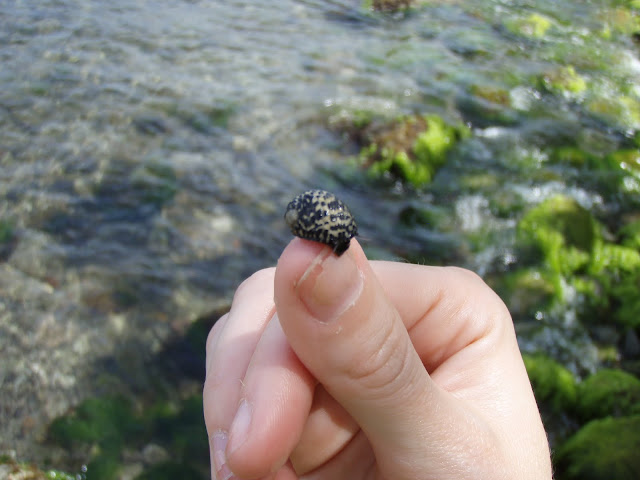I do like my sleep but one of the answers to that question for me would be hawksbill sea turtle tagging! We have been so busy down here running research cruises with Dominican school children and planning our time that 5 AM became the only time to make it happen.
We made sure to obtain the proper permits and even had a few officials on board with us to make sure that we were handling the sea turtle properly. And after we had gone over our game plan we dove in the water in search of hawksbill sea turtles. Thanks to the dive site being a marine protected area, the sea turtles have nothing to fear and you can swim very close to them. And that is how we found this little one:
This is a small hawksbill and because it is young it is hard to tell whether it is male or female (at an older age the males have a much larger tail) Photo: Jake Levenson
Once on board the carapace (top shell) has to dry so that the epoxy will adhere to the shell. The whole process of gluing the satellite tag on takes only 20 minutes. And then we swipe the top of the tag with a magnet to activate it. The battery on the tag will last around 245 days and over time as the turtle grows the glue will break up and the tag will fall off. Here is what it looks like:

The turtle rests on a horseshoe shaped towel and has a wet towel over its head to keep it calm. Photo: Jake Levenson
Once the epoxy dries we set the turtle free and what an exciting time that is.

I'm the one in the water helping the turtle back in. Photo: Jake Levenson

Their front flippers are so powerful that with one flipper push they're off! Photo: Jake Levenson
The two turtles we tagged were both fairly small so it will be interesting to see if they stick around the reef. The tags will let us know where they go and when. Sea turtles are tagged at the New England Aquarium as part of the Marine Animal Rescue Team. Learn more about that program here. You can track the sea turtles that the Aquarium has released here.
Go turtles go!









































